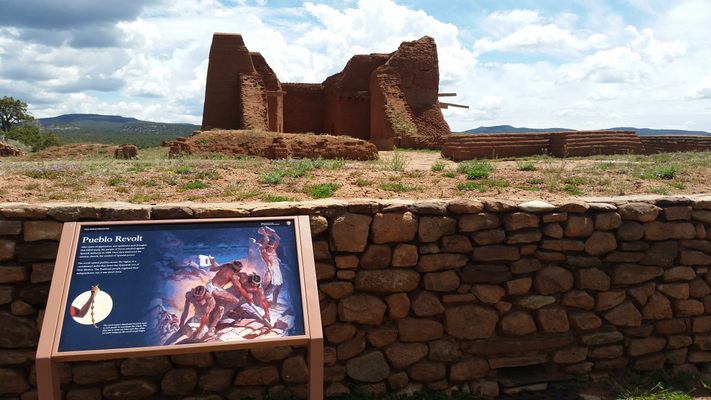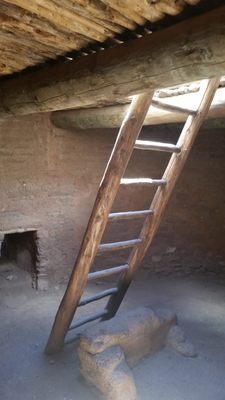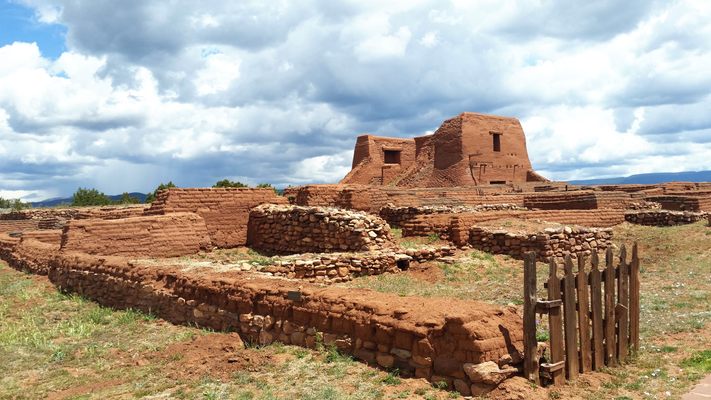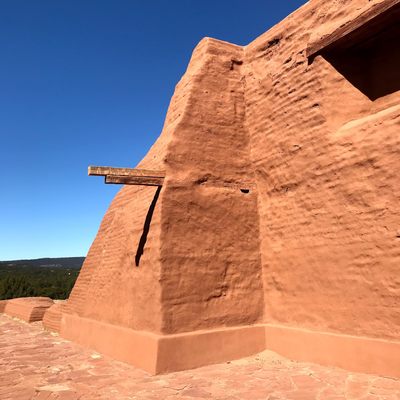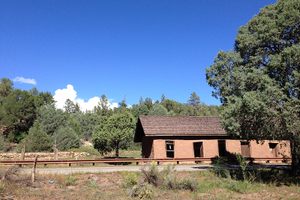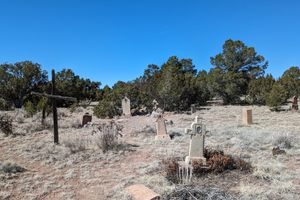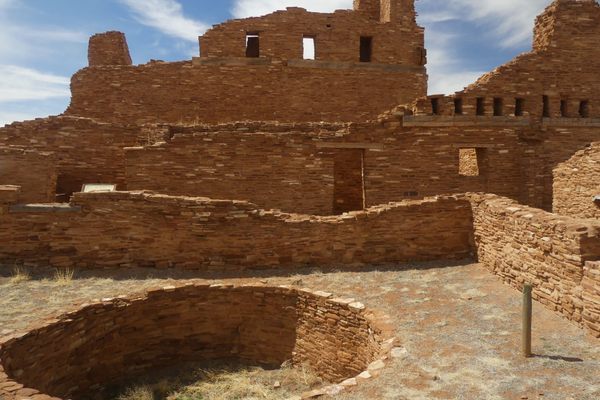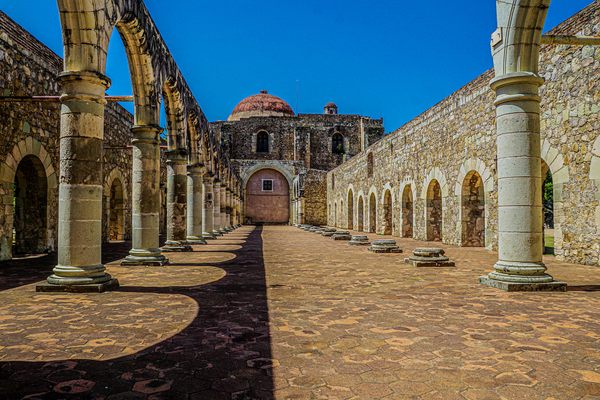About
For centuries the Pecos Pueblo, with its prime location on the Pecos River, served as an important trading center between the Pueblo people and the Great Plains nations, growing to a population of more than 2,000 people. But time and colonization eventually whittled the once impressive settlement into the (still impressive) ruins that stand today.
The first settlement on the site was around 1100 and over centuries it grew into a thriving trade community. Then in the 15th century, Spanish settlers took an interest in the community. The residents of the Pecos Pueblo delayed permanent Spanish settlement at the site for 50 years by convincing the first Spanish arrivals that they could find gold in the Great Plains. Despite the efforts to lead them astray, the Spanish eventually established a permanent settlement at the Pueblo in 1598.
The arrival of the Spanish missionaries changed Pecos, with the Spanish initially destroying many of the Pueblo’s religious symbols. A large mission church was constructed south of the Pueblo in 1618, which caused some understandable friction between the Puebloans and the Spanish. During the Pueblo Revolt of 1680, the residents of Pecos burned down the mission and built a kiva -- a square-walled, underground chamber used for spiritual ceremonies -- directly outside the ruins. Not taking no for an answer, though, the Spanish launched a reconquest of the Pueblo in 1693 and rebuilt the mission in 1717. The remains of this second church, as well as the kiva, are what are still standing today.
Over time, the Pueblo’s population declined as a result of disease and Comanche raids, among other factors. By the time the Santa Fe Trail, which passed close to the Pecos Pueblo, was established in the 1820s, the Pueblo had few living residents. The last residents departed in 1838, moving to the current Jemez Pueblo.
The ruins of many of the Pueblo buildings and the second church, built out of sturdy adobe brick that is still used in preservation efforts at the site, remain. They provide a unique glimpse into what was once a wealthy town and important trading center, acting as a sort of memorial for a culture nearly forgotten by history.
Related Tags
Know Before You Go
Visitors travelling north on I-25: take exit 299 on to HWY 50 to Pecos village and south two miles on State Road 63. Those travelling south on I-25: take exit 307 and proceed four miles north to the Park on State Road 63.
Community Contributors
Added By
Published
August 6, 2015
Sources
- The Pueblo Revolt by David Roberts
- http://www.nps.gov/peco/learn/index.htm
- https://en.wikipedia.org/wiki/Mission_Nuestra_Se%C3%B1ora_de_los_%C3%81ngeles_de_Porci%C3%BAncula_de_los_Pecos
- Herrick, Dennis, "Xauían and the Tiguex War," Native Peoples magazine, Jan/Feb 2014, 21-22
- Herrick, Dennis, Winter of the Metal People. Mechanicsburg, PA: Sunbury Press, 2013, 79
- http://newmexicohistory.org/2012/06/27/coofor-and-juan-aleman/
- Flint, Richard, No Settlement, No Conquest. Albuquerque, NM: UNM Press, 2008, 185-186




